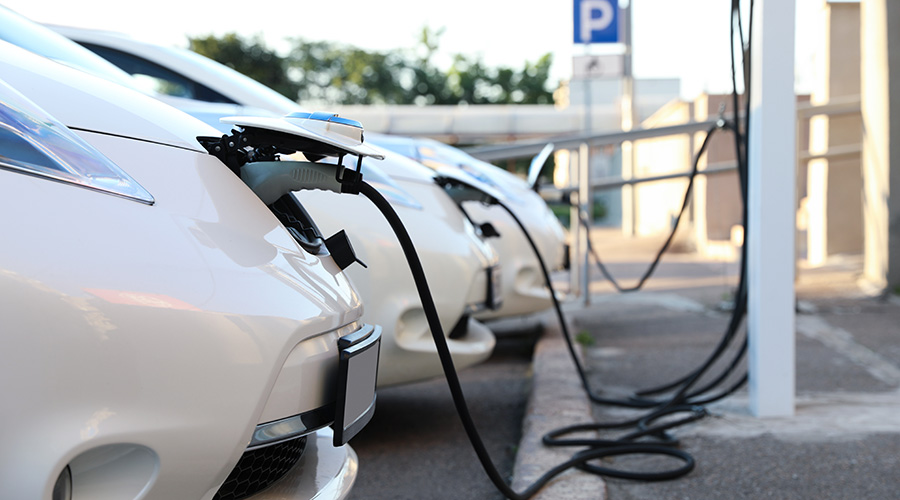Careful Consideration Of Technology Helps Munich Re Avoid Costly Mistakes
Not only is Lupica's team methodical in pursuing outside sources of funding, they are careful in the projects they choose to pursue. This careful consideration of technology helps Munich Re avoid costly mistakes. "We wanted to make sure we were on the leading edge but not the bleeding edge of some of these technologies that we wanted to put into play," says Lupica. Some technologies, like LED parking lot lighting or fuel cells, just aren't quite attractive enough yet for Lupica to green light them, though they remain on his radar. Even technology that is pretty standard gets close scrutiny. Take, for example, window film. As one of the early retrofits, the campus' windows were extensively filmed to reduce solar heat gain. However, window film has about a 12 to 15 year life expectancy and advances in the technology that now help it perform in both hot and cold weather made it an attractive project to consider on the campus once again.
But the team did not just rip off the old film and put up new higher performing film. Instead, they're testing it, with side-by-side comparisons to the old film. They've already tested the heat reflection performance of the proposed film and now they're waiting to see how it will perform during the cold months on heat retention.
"You have to constantly look at things you did to make sure the right decision you made five years ago is still right today," Lupica says.
Another current project that first had to pass a proof of concept was replacing all the distribution transformers on campus, which will carve off another 400,000 kWH of energy per year, says Lupica. They picked an existing transformer and took readings on it for a month. Then they swapped in the proposed transformer and tested it under the same load. "You know how transformers hum and give off heat?" Lupica says. "You wouldn't even know these things were on." The standby and full load efficiency more than met expectations and had a great ROI, so now all the transformers are being replaced.
As with many of the energy efficiency projects, Lupica leveraged end of useful life to sell the project. The transformers have about a 25 to 30 year useful life and the ones on campus were in the 26 to 29 year range. "If you're going to replace (a system), look at the incremental differential on the cost to replace in kind or install something that's hyper efficient," says Lupica.
One of the campus' last big end-of-life projects is currently being executed: replacing the cooling plant in Plaza 1, the fully occupied 250,000-square-foot main facility at the headquarters. Two 25-year-old 330-ton screw chillers, which in the past had been modified for CFC compliance, are being replaced by two fully variable 320-ton magnetic bearing chillers, plus a variable pump farm and a new variable cooling tower on the roof.
Though Lupica says they have reached a bit of a plateau in terms of using end of useful life as leverage for pursuing projects, that doesn't mean they've exhausted their opportunities. They just have to look harder and peel back the onion a little bit more, he says. "Even if a system is not at the end of useful life, if replacing it will bring some benefit, then it needs to be considered," Lupica says. "It won't be an automatic yes, but it would be a shame to leave something on the table." For example, while the solar panels have an expected life of 25 to 30 years, they might consider replacing them in 10 or 12 if the ROI is favorable.
Related Topics:














